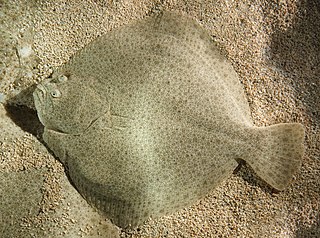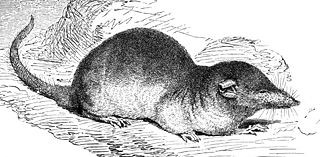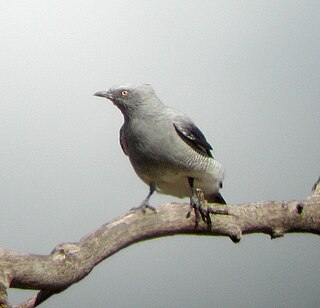
The pomelo, Citrus maxima, is the largest citrus fruit from the family Rutaceae and the principal ancestor of the grapefruit. It is a natural, non-hybrid, citrus fruit, native to Southeast Asia. Similar in taste to a sweet grapefruit, the pomelo is commonly consumed and used for festive occasions throughout Southeast Asia. As with the grapefruit, phytochemicals in the pomelo have the potential for drug interactions.

The turbot is a relatively large species of flatfish in the family Scophthalmidae. It is a demersal fish native to marine or brackish waters of the Northeast Atlantic, Baltic Sea and the Mediterranean Sea. It is an important food fish. Turbot in the Black Sea have often been included in this species, but are now generally regarded as separate, the Black Sea turbot or kalkan. True turbot are not found in the Northwest Atlantic; the "turbot" of that region, which was involved in the so-called "Turbot War" between Canada and Spain, is the Greenland halibut or Greenland turbot.

The white-toothed shrews or Crocidurinae are one of three subfamilies of the shrew family Soricidae.

The giant kingfisher is the largest kingfisher in Africa, where it is a resident breeding bird over most of the continent south of the Sahara Desert, other than the arid southwest.

Nepenthes maxima, the great pitcher-plant, is a carnivorous pitcher plant species of the genus Nepenthes. It has a relatively wide distribution covering New Guinea, Sulawesi, and the Maluku Islands. It may also be present on Wowoni Island.

The maxima clam, also known as the small giant clam, is a species of bivalve mollusc found throughout the Indo-Pacific region.
Bombina maxima, commonly known as the Yunnan firebelly toad or large-webbed bell toad, is a species of toad in the family Bombinatoridae found in Yunnan, China and likely to Myanmar. Its natural habitats include swamps, springs, marshes, arable land, canals, and ditches. Although easy to care for, handling a large-webbed toad should be kept to a minimum because their skin secretes a toxin that can cause irritation

The Tibetan lark is a species of lark in the family Alaudidae found on the Tibetan plateau from north-western India to central China. Alternate names for this species include the Asiatic lark, long-billed calandra lark and long-billed lark.

The ground cuckoo-shrike is an uncommon bird species endemic to Australia, occurring mainly in open woodland and arid grasslands throughout inland Australia, but also occasionally in areas on the east coast.

The ivory-breasted pitta is a species of bird in the family Pittidae. It is endemic to North Maluku in Indonesia, known as Paok halmahera. Its natural habitat is subtropical or tropical moist lowland forests.

Crocidura grandiceps is a species of mammal in the family Soricidae. It is found in Benin, Ivory Coast, Ghana, Guinea, Liberia, Nigeria, and Togo. Its natural habitat is subtropical or tropical moist lowland forests. It is threatened by habitat loss due to agriculture and aquaculture as well as logging and wood harvesting. To increase habitat protection for the C. grandiceps, in-place land/water protection conservation actions are in place. The vernacular name large-headed shrew is sometimes applied to C. grandiceps but has also been used for the entire related genus Paracrocidura. The IUCN List categorizes the C. grandiceps as Near Threatened as of 2008.

Grauer's large-headed shrew is a species of mammal in the family Soricidae. It is endemic to the Democratic Republic of the Congo. Its natural habitat is subtropical or tropical moist montane forests.
Paracrocidura is a genus of shrews. They are mammals in the family Soricidae. The vernacular name large-headed shrews is sometimes collectively applied to the genus, but has also been applied to the species Crocidura grandiceps.

The lesser large-headed shrew is a species of shrew in the family Soricidae. It is found in Cameroon, Central African Republic, Republic of the Congo, Democratic Republic of the Congo, Equatorial Guinea, and Gabon. Its natural habitat is subtropical or tropical moist lowland forests.
Premna maxima is a species of plant in the family Lamiaceae. It is endemic to Kenya.

Shorea maxima is a species of tree in the family Dipterocarpaceae. It is endemic to Peninsular Malaysia.
The giant blind snake is a species of snake in the family Leptotyphlopidae. The species is endemic to Mexico.














